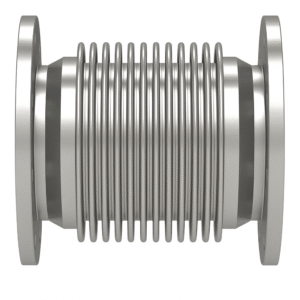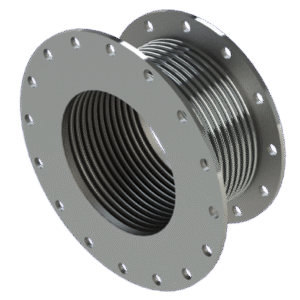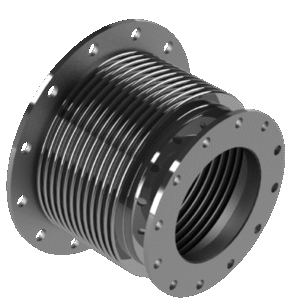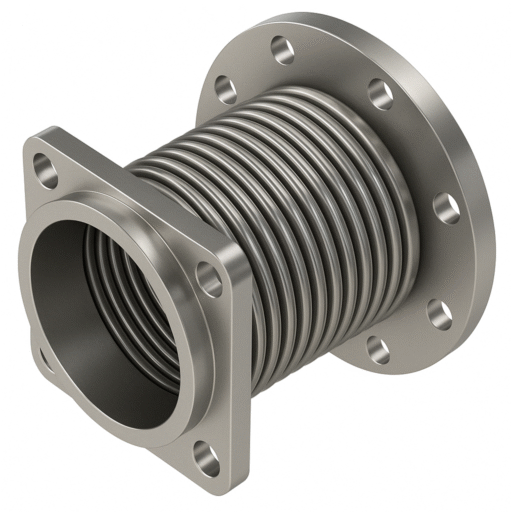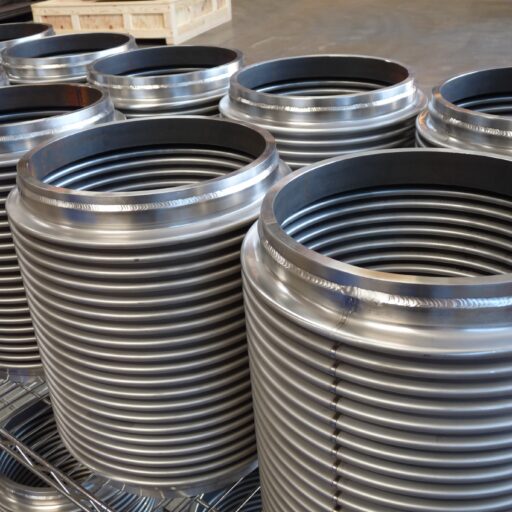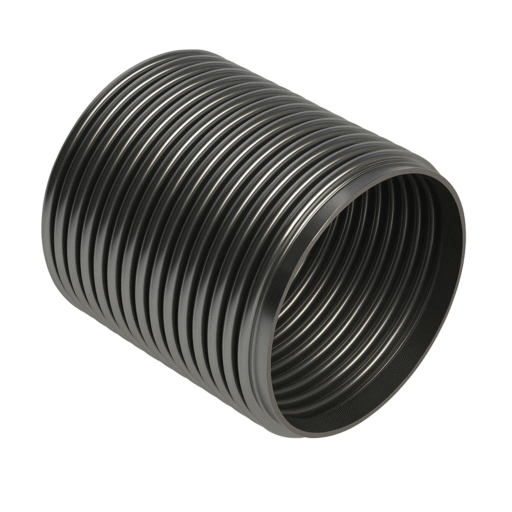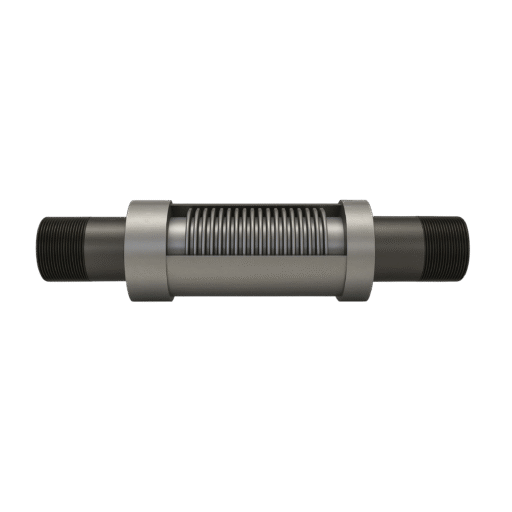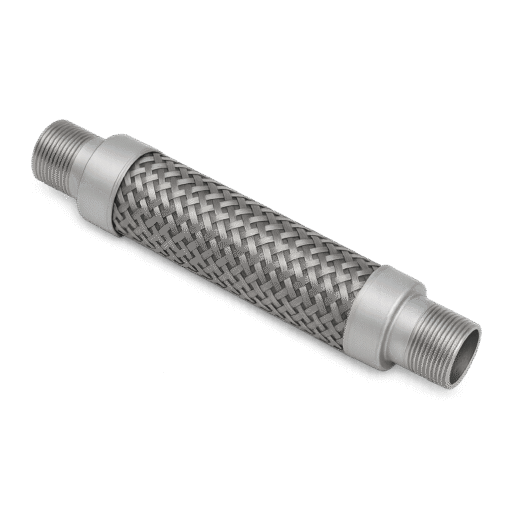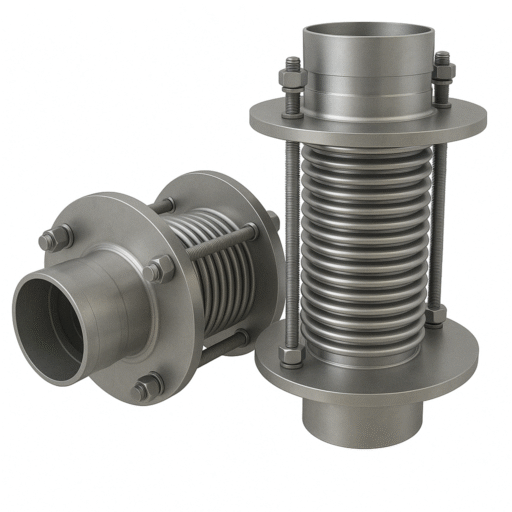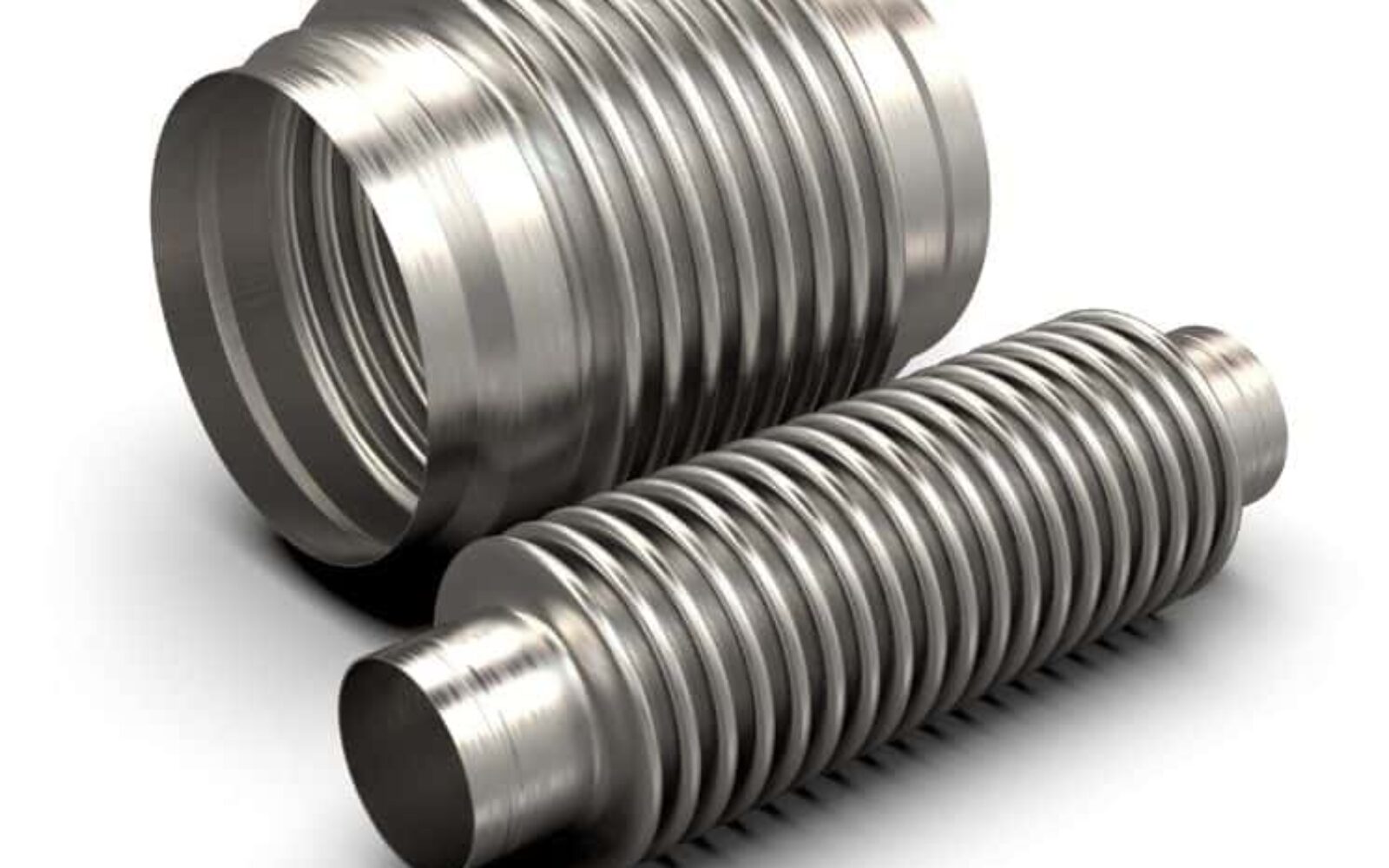Every piping system comes under pressure at some point in time. Luckily, some tools minimize this pressure, so mechanisms can continue to run effectively. Exhaust bellows, for example, lessen pressure thrust within pipes. For those who are unfamiliar, pressure thrust is the gauge pressure of a pipe multiplied by the area of the pipe. This article will describe the role of pressure thrust in bellows and prove that specific tools are needed to maintain efficiency in an industrial site.
Location Is Key
Location is critical when discussing bellows and pressure thrusts. For example, when a pipe is straight, it requires fewer expansion joints because the liquid will flow across smoothly. However, supervEJMArs might consider installing exhaust bellows at the turns of every piping system. Liquids may face additional pressure at bends or elbows of the piping system. Thus, manufacturers should install bellows to ease this pressure, so things can continue to run effectively.
Why Pipe Design Is Important
Pipe design is incredibly vital when discussing bellows. If engineers don’t place anchors within their piping system, the liquid and pressure could cause it to burst. Exhaust bellows allow engineers to account for pressure thrusts, so flow is never interrupted. It would be completely ineffective to manufacturer pipes that were only straight and had no turns. New engineers must become familiar with the equations and tools available to them if they want to be productive.
This article has explained the role of pressure thrust in bellows. Without bellows, pressure thrust would be too overwhelming, and the entire system could fail. Industrial workers mustn’t look any further than Triad Bellows for their manufacturing needs. We have top-of-the-line equipment that’ll help every site maintain its efficiency and prevent accidents in the workplace. If pipes become too pressurized, people and productivity may be at risk.
